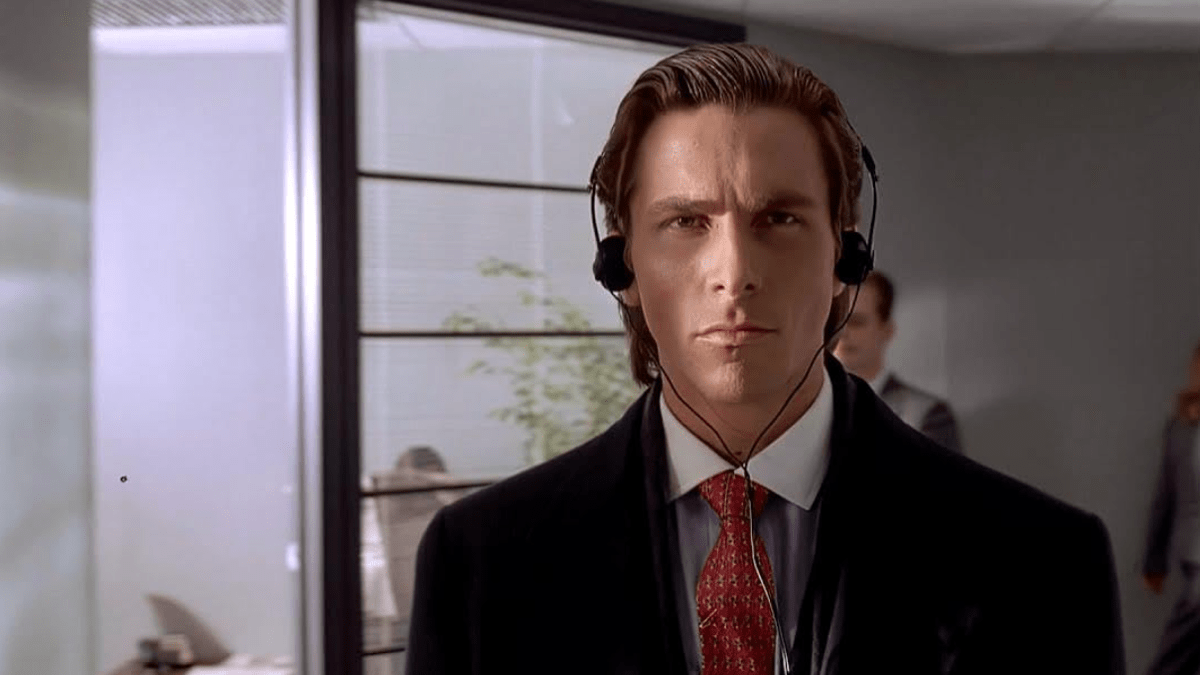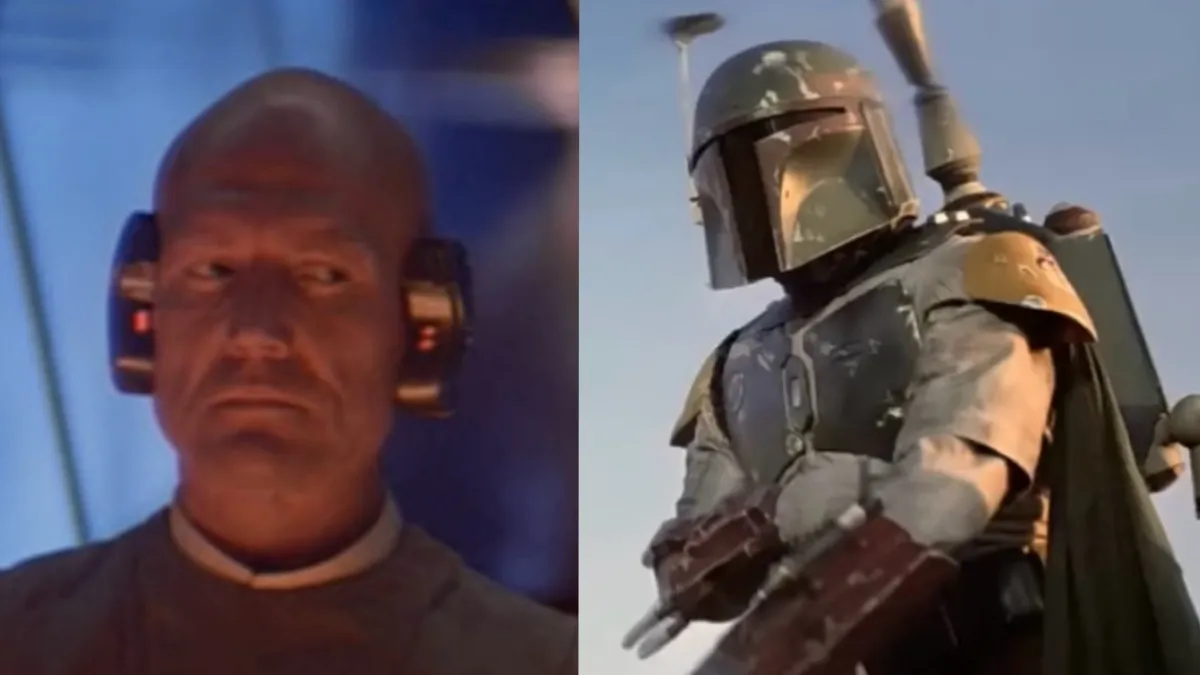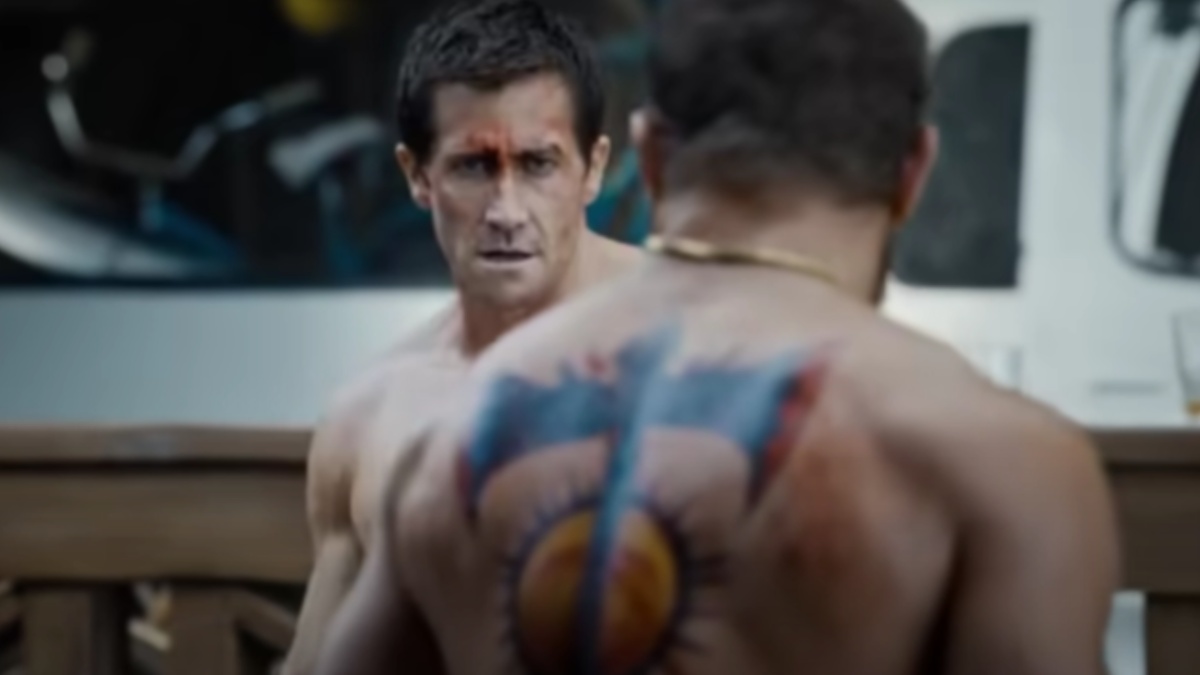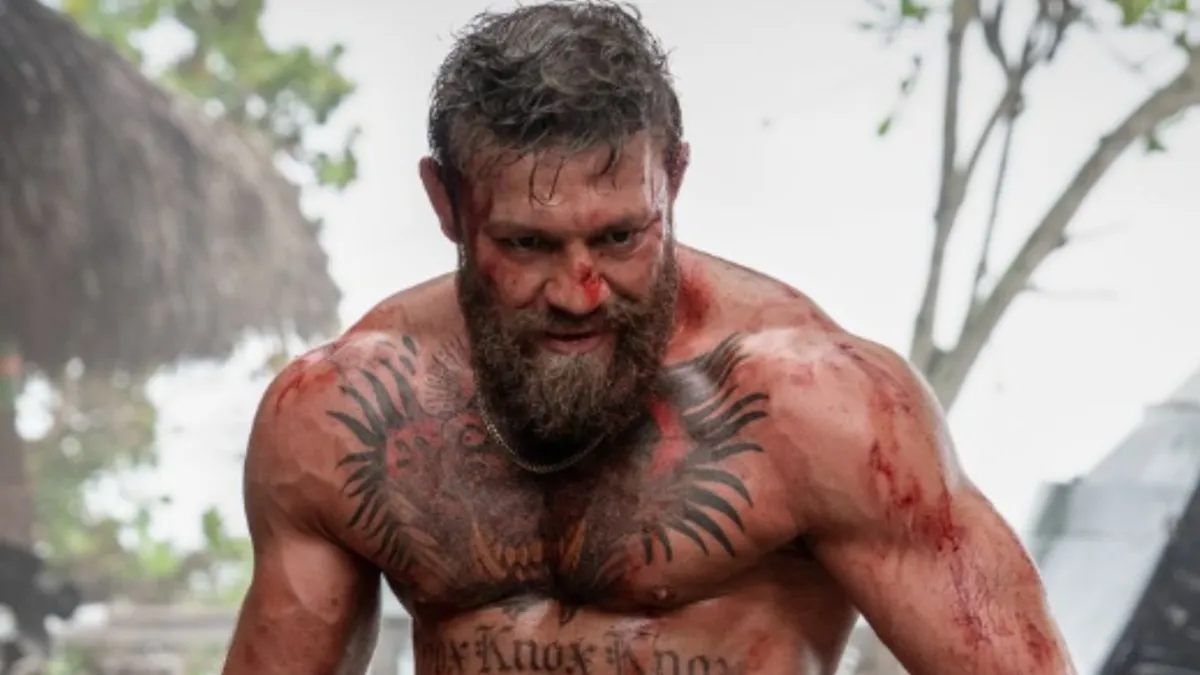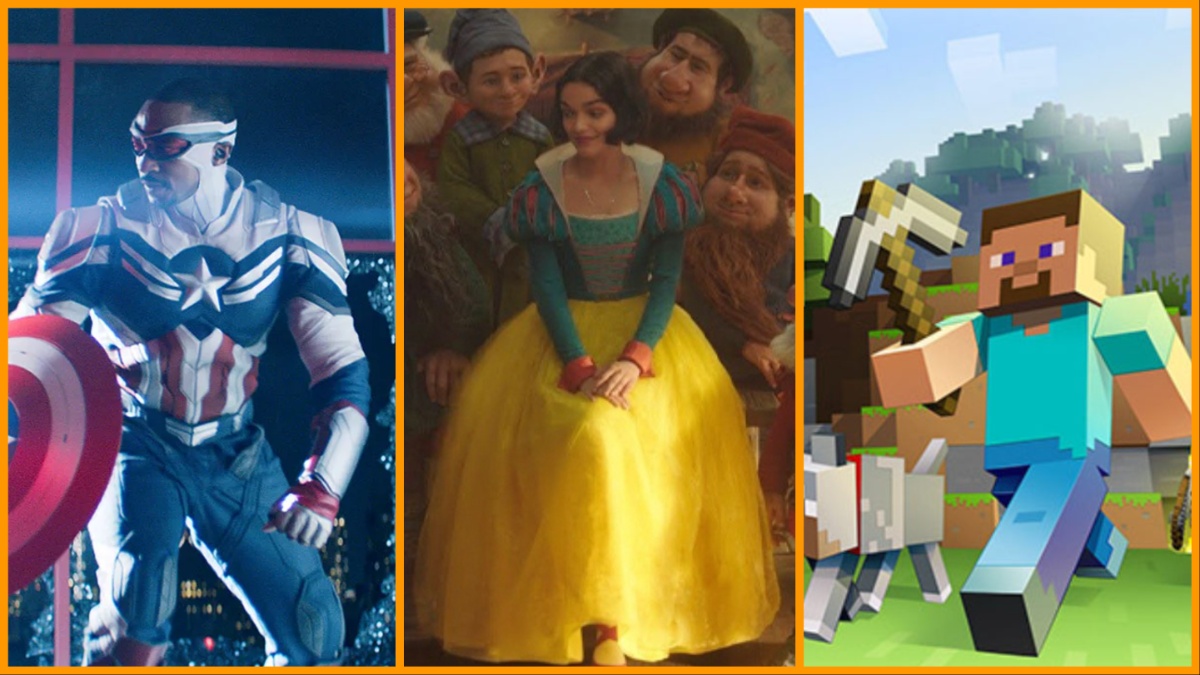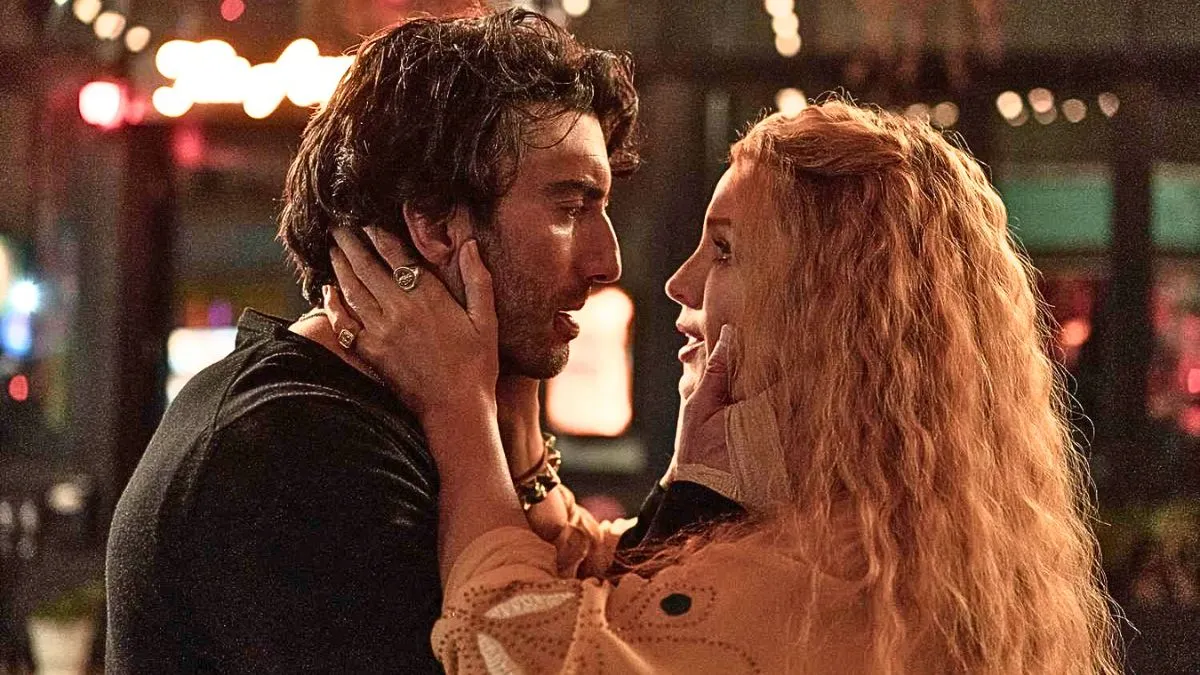In a world where people genuinely think nepo babies like Donald Trump and Elon Musk are intelligent, brilliant men instead of rich kids surrounded by sycophants, the horror satire American Psycho has again taken on a depressing amount of cultural relevance (in the book, the main character Patrick Bateman mentions his idolization of Trump a few times, which says everything you need to know about how obviously evil the racist former president has been for years).
Originally a breakout novel by Bret Easton Ellis, American Psycho was masterfully adapted for the big screen by Guinevere Turner and Mary Harron, the latter of whom also directed the film. Starring Christian Bale (who said he’d used Tom Cruise’s dead-behind-the-eyes look as inspiration for the main character, Patrick Bateman), the movie had a stellar supporting cast that includes Willem Dafoe, Jared Leto, Chloë Sevigny, and Justin Theroux. The movie is pretty faithful to the book, despite Ellis’ belief that the novel could never be filmed thanks to its graphic nature and the way it lampooned many of the folks who would have been funding its development and filming (again, something relevant today, seeing as studio heads have decided to commit to being cartoonishly evil). This means that the famously ambiguous ending of the story is mirrored in the film, which for years has caused countless viewers to have an endless number of questions. So, how does American Psycho end? And can we be sure that’s what really happened?
What is American Psycho about?
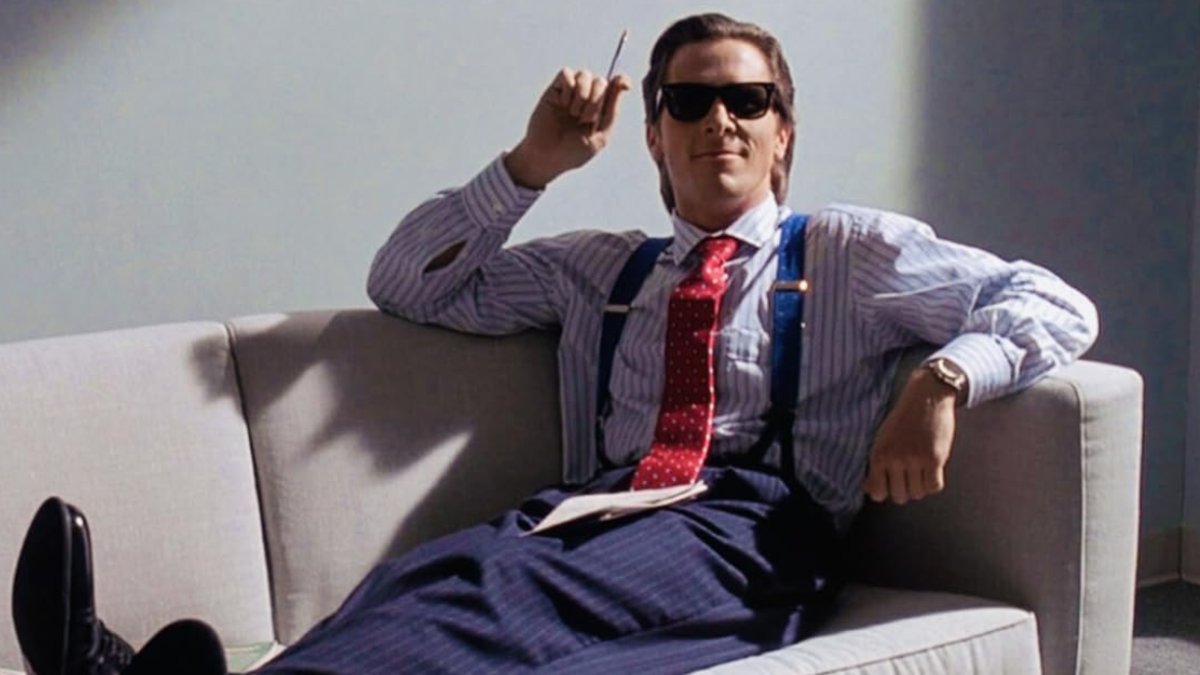
American Psycho is a satirical horror that lampoons the shallow nature of success under capitalism, the concept of consumerism, and yuppie culture in general, showcasing that it’s not often talented and smart people who make it to the top, but those who were born into wealth and are willing to discard their morals the quickest. Like most seemingly prescient bits of media, everything terrible about our world was already present in the late ’80s and early ’90s, so the fact it’s ultra-relevant today shouldn’t be too much of a shock.
The story follows Patrick Bateman (Bale), an investment banker who doesn’t really seem to do much work (which is pretty much true of real investment bankers, as the beginning of COVID and the 2008 crisis showed). Instead, he spends most of his time dining at fancy restaurants in New York and trying to impress his colleagues and associates — most of whom he hates with a passion — with a number of strange status symbols. Bateman is a kind of proto-tech-bro, obsessed with optimizing his life, whether it be his morning routine, or the culture he consumes so that he can seem rounded and well-educated while he vacuously repeats talking points by people with an actual insight into creativity.
Feeling emasculated by a more successful-seeming colleague, Bateman kills a homeless man and his dog, and soon develops a bloodlust. What follows is an increasingly dramatic and bloody spiral into madness and murder, with Bateman going on a torture and killing spree that becomes more and more sadistic and taboo as the deaths rack up, all while a savvy detective begins to suspect him of his crimes. As he continues to kill, he begins to wonder what his motivations really are, and if his life is what he wants.
What happens at the end of American Psycho?
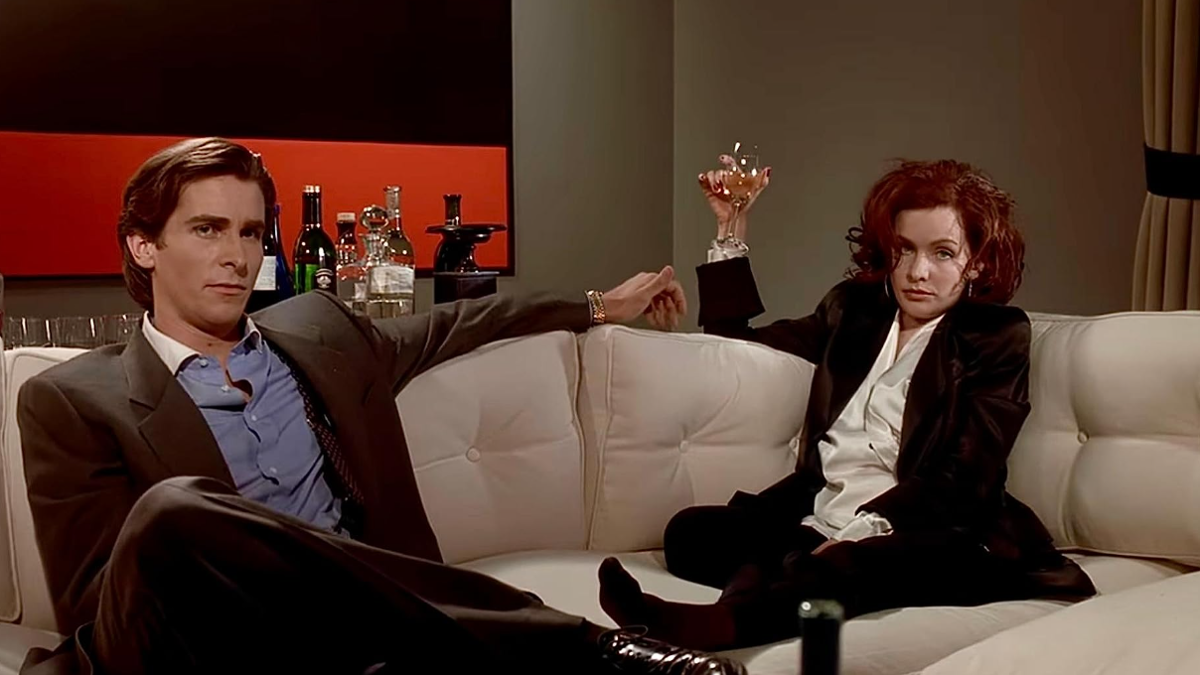
Toward the end of the film and book, Bateman completely unravels, struggling to distinguish reality from delusion. After what he believes was a huge police chase, where he escapes multiple officers after murdering an innocent woman, he begins confessing his crimes to anybody who’ll listen. However, his colleagues and peers seem to think it’s all a massive joke, as many of the people Bateman claims to have killed are allegedly still alive, and he was also drinking and dining with several of his friends when he claims to have killed other people. So far, so confusing for the watcher, who’s just spent over an hour watching Bateman murder innocent people in a variety of increasingly inventive and sadistic ways.
American Psycho ends with Bateman and his colleagues in yet another fancy restaurant, talking about nothing in particular. In the film, the conversation revolves around the status of Ronald Reagan, and whether the Alzheimer’s-ridden, treasonous president is simply a harmless old man or a psychopath in disguise — a nod to the incredibly damaging outcomes of his economic and social policies, the consequences of which have been deadly for millions in the States and across the globe.
So, it seems that Bateman was in the grip of delusion and made up his sadistic killing spree as a way to cope with his increasing inner turmoil. Yet, as the film ends, a voiceover narrated by Bateman discusses how the banker is in constant pain, and his attempts to confess were a way to try and alleviate that, but they’ve failed. Not very satisfying from a moralistic point of view, but a perfect ending to a book that held up a mirror to wealthy society in a way that hadn’t been done so aggressively before.
What theories are there about the ending of American Psycho?

The most obvious meaning of this ending was that Bateman in fact didn’t kill anybody, and all of his murderous fantasies were just that — fantasies. As the voiceover shows, he’s desperate to cause pain in the world as a response to his own inner turmoil, but in reality, he is simply too much of an establishment figure (or “too square,” as his lawyer describes him) to actually do anything that would lessen his status in the world. The insane nature of the final police chase scene, which involves explosions and a truck full of dead bodies, nods at this interpretation, as does the fact that when Bateman returns to the homes of one of his so-called victims, he finds the person he allegedly killed never even lived there.
Others argue that everything did, in fact, happen, but because the crime was committed by somebody wealthy, well-dressed, and white, and the victims were, for the most part, sex workers and unhoused people, society simply doesn’t care. This isn’t so farfetched, especially in America where being rich and white means you receive minimal punishment for crimes like rape and murder. It could also be seen as a bit of a joke at the expense of the wealthy, who, despite their belief in their individuality, all wear similar clothes and have similar looks, which meant Bateman was simply misidentified. This is a running gag throughout the film, with many of the characters being mistaken for other ones.
Screenwriter Guinevere Turner has gone on record as saying she and Harron were both against the idea of the killings totally being in Bateman’s head, and as the book itself left the nature of his crimes open-ended, they had the room to put their own spin on things. Speaking to MovieMaker, she said:
“To me and Mary [Harron], the book left it up in the air, too, what was real and what was not real. We didn’t think that everything was real because some of it is literally surreal. But we just decided, together, that we both really disliked movies where the big reveal is that it was all in someone’s head or it was all a dream. We just both find that annoying. We just said we’re going to make a really conscious effort to have it be real, and then at some point… he’s sort of perceiving things differently, but they’re really happening.”
So, we guess he did kill a few people, at least.
How does the book differ from the film?
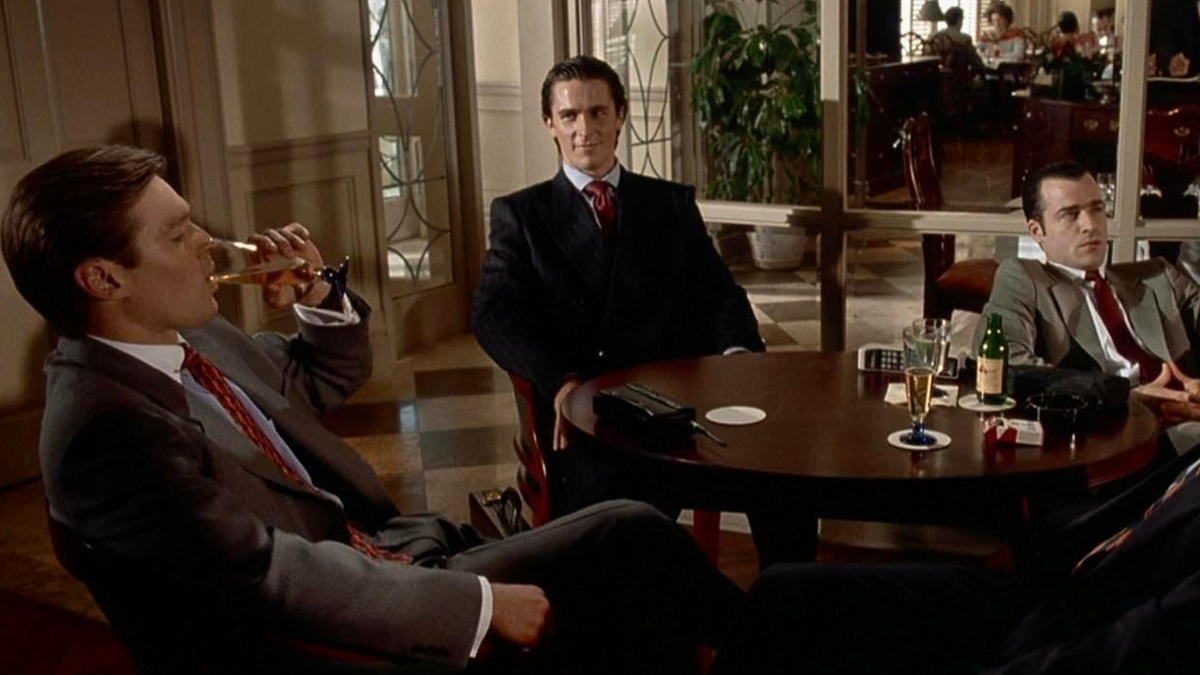
To be honest, thematically and in terms of the greater plot, there are very few differences between the film and book. One big change is that in the book, Ellis dedicates plenty of pages to Bateman’s shallow reviews of music, but by the time the movie was released a few years later, the artists he discussed weren’t so relevant, so that major character point is reduced to a couple of lines. There’s also more violence to more people in the book (which is saying something), and some of the murders are done via different methods. Plus, as it’s a novel, we get more of an insight into Bateman’s reasoning for who he murders in the book.

